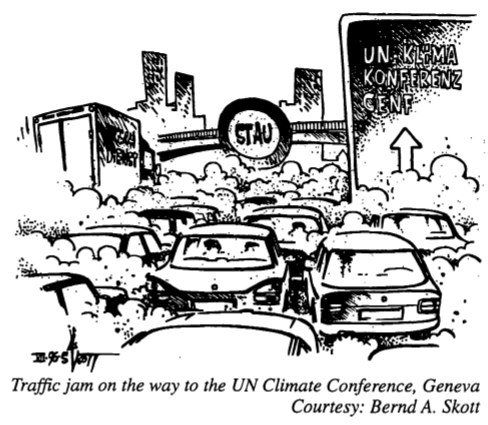The Second Conference of the Parties (COP2) to the Framework Convention on Climate Change
Sebastian Oberthür
Society for Policy Analysis, Berlin, Germany
*Corresponding author (current affiliation: IES, Brussels, Belgium; sebastian.oberthuer@vub.ac.be)
EPL, Vol.26, Iss.5, pp.195-201, 1996

